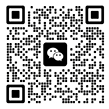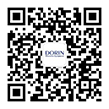Provide professional laboratory solutions and equipment support
-
Strong technical R&D team -
Experienced and excellent technology and innovative ideas -
High quality product supporting star service
thirteen billion three hundred and sixteen million eight hundred and eighty-five thousand one hundred and seventeen





